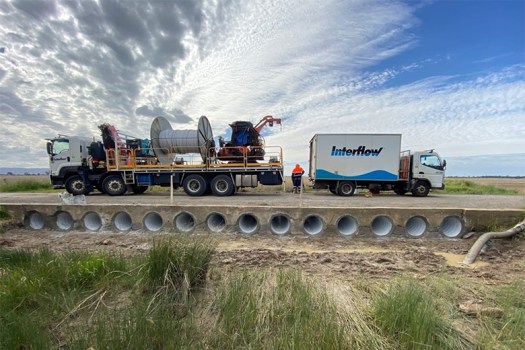
After two especially challenging years for public sector organisations, the pressure isn’t getting any lighter. Many organisations are still managing the effects of the pandemic, while tackling age-old challenges such as tightened budgets, limited resources, and growing demand from citizens.
Too often, public sector professionals take the growing burden of these sector-wide pressures. In our recent survey of more than 100 professionals in the sector, more than half said they’d taken on extra responsibilities to support their organisation during the pandemic—and 92% also said these new responsibilities had increased their workload.
If public sector organisations are to retain their skilled professionals and boost productivity in their teams over the next year, they’ll need to consider where they can better support their employees in their day-to-day roles.
Admin workloads contribute to public sector stress

Administration tasks are a crucial part of almost every public sector role, helping ensure services run smoothly, teams work efficiently, and public needs are met.
But as demand for public services scales, the administration workload scales with it. More than three quarters of respondents said they’d experienced work-related stress at some point in their careers—and 67% claimed their admin workload contributes to their stress.
Unexpected events like the pandemic and natural disasters only increase these workloads further, often putting huge additional pressure on public sector professionals at short notice. For example, the Australian Public Service Commission reported that the higher demand on its services during the pandemic was largely met through longer hours, less leave, and reliance on proven performers.
Of course, many events like these can’t be predicted and solved before they happen. But by addressing some of the challenges in professionals’ everyday responsibilities, public sector leaders can equip their teams with the tools they need to respond effectively.
Public sector professionals’ typing time is holding them back

One of the biggest workload challenges public sector professionals face is the sheer amount of time spent typing. The survey revealed that 70% of public sector employees spend at least four hours a day typing for work, with 58% spending a further hour or more typing for personal reasons once the workday ends.
Looking more closely at this time spent typing, the survey revealed that report writing took up the most time in public sector professionals’ roles, closely followed by internal correspondence. Filling out forms and note taking also made the top five typing tasks.
These tasks can’t just be removed from the working day, and over a quarter of public sector professionals reported the struggle to complete them quickly was due to their typing speed. 40% of respondents said their typing speed was either average—at 40 words per minute—or slow.
So with public sector professionals at their typing limits, and workloads showing no signs of slowing down, how can organisation leaders ease the burden on their employees?
Explore the report to see the complete results from the survey, and understand the administration pressures public sector professionals are facing today.
You’ll also get an insight into how professional-grade speech recognition tools like Dragon Professional Anywhere can help your teams reduce their reliance on typing, tackle their admin tasks more efficiently, and focus on delivering standout services to the Australian public.

Comment below to have your say on this story.
If you have a news story or tip-off, get in touch at editorial@governmentnews.com.au.
Sign up to the Government News newsletter






Sue Phillips on: 15 councils participate in SA emissions reduction trial
Garth Daddy on: War memorial contracts fudged, audit finds
Roger Buhlert on: New VLGA appointment vows to lift governance standards